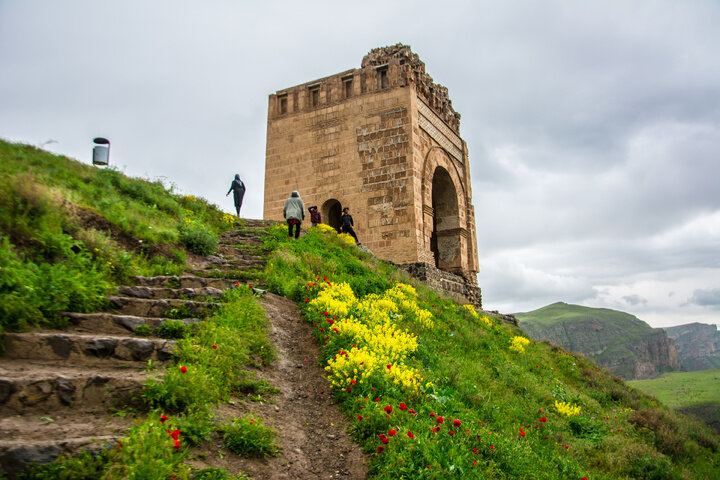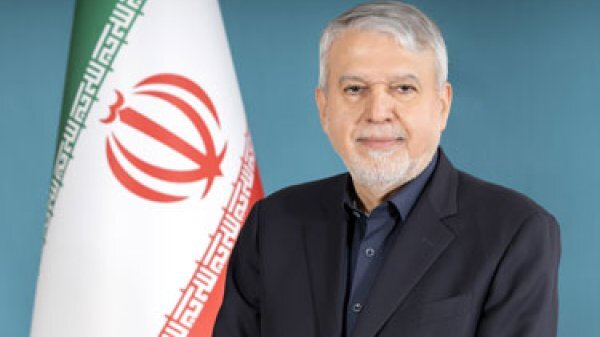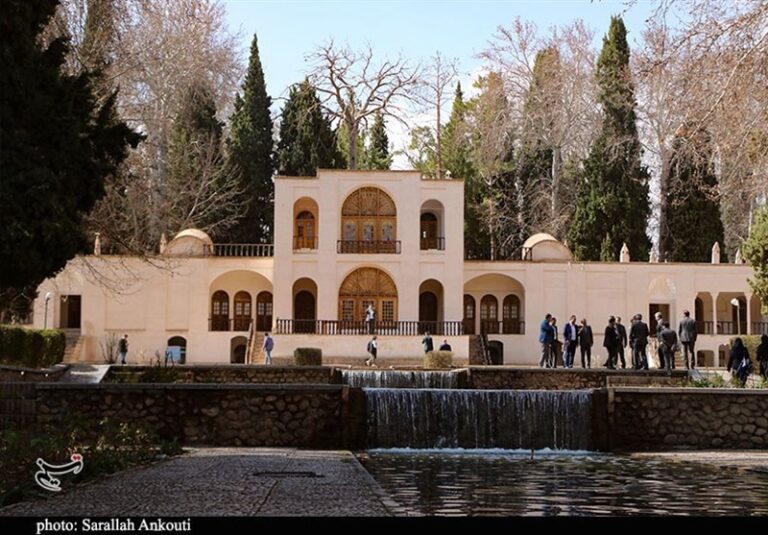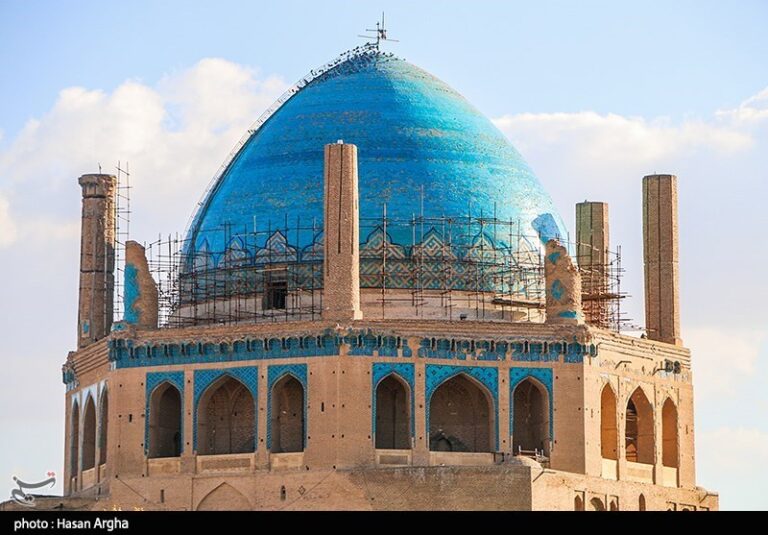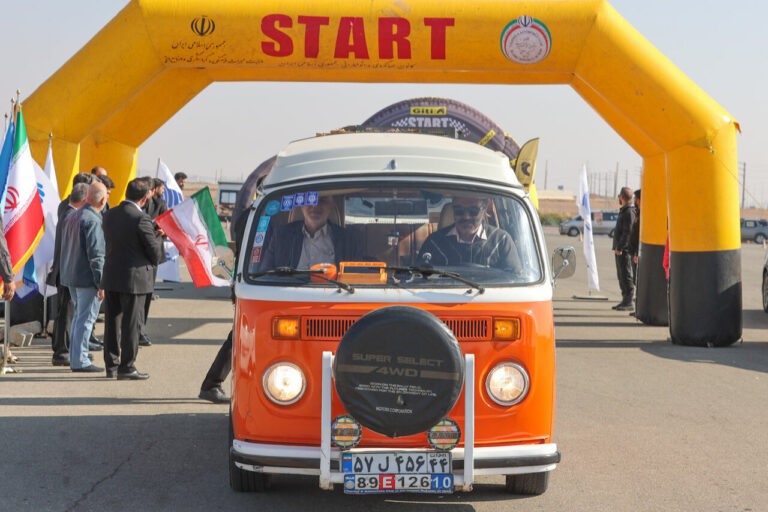Explore Zahhak Castle in Hashtrud: A Majestic Symbol of Iranian History, Mythology, and Cultural Identity
Zahhak Castle, located in Hashtrud, East Azarbaijan province, is a prime example of rock and military architecture that is currently undergoing significant restoration and development efforts. This initiative is spearheaded by the East Azarbaijan Cultural Heritage, Tourism, and Handicrafts Department, aiming to transform Zahhak Castle into a cultural tourism hub in Iran. The project not only focuses on preserving the castle but also on promoting cultural revival and enhancing tourism in the region.
According to Vahid Navadad, the deputy head of the East Azarbaijan Cultural Heritage, Tourism, and Handicrafts Department, “We intend to introduce and promote the infrastructures pertaining to this historical castle.” The restoration efforts will focus on the main entrance and eastern wing of the castle, based on detailed stratigraphic studies and historical documents.
Navadad emphasized that preserving Zahhak Castle is vital for maintaining the region’s historical memory and cultural identity. He stated, “Our approach is to have minimum restoration with respect to originality of materials and historical form of the monument.” This careful restoration method aims to keep the castle’s authentic character intact while allowing it to serve as a site for cultural tourism.
The unique tourism potential of Zahhak Castle is seen as a cornerstone for sustainable development in the region. Alireza Bairamzadeh, the deputy head of the East Azarbaijan Tourism Department, expressed that Zahhak Castle is more than just a tourist attraction; it represents a rich tapestry of history, nature, mythology, and architecture. He shared plans to enhance visitor experiences through:
- Improving access routes to the castle
- Installing multilingual information boards
- Developing essential tourism infrastructure
Bairamzadeh also noted that the team is compiling ecotourism plans with local community involvement, ensuring that tourism contributes to economic prosperity while fostering the transfer of cultural values. This initiative includes specialized tours focusing on mythological and historical studies to attract elite tourists to the region.
Furthering this vision, Ahmad Hamzehzadeh, the director general of the East Azarbaijan Cultural Heritage, Tourism, and Handicrafts Department, remarked, “We view Zahhak Castle not just as a historical monument, but also as a living asset for recreating the region’s identity.” His department is in discussions to attract cultural investors, aiming to establish a museum site, launch night tourism programs, and improve access routes to the area.
These initiatives, while preserving the castle’s historical integrity, are expected to drive economic growth in Hashtrud and surrounding areas. Zahhak Castle, named after the legendary figure Zahhak from ancient Iranian mythology, dates back to the second millennium BC, with its occupation continuing through the Timurid era.
The fortress is notable for its intricate brickwork, archways, and staircases, which provide insights into ancient defensive architecture and societal structures. Its strategic significance during the Parthian period is highlighted in historical accounts, including its role in the defeat of Roman general Marc Antony in 37 BC. The Median infantry, allied with the Parthian cavalry, played a crucial role in this victory, showcasing the military strategies of that era.
Archaeological excavations, initiated by British researchers decades ago, have unveiled artifacts such as stucco remnants with traces of coloring, offering a glimpse into the site’s artistic and cultural heritage.
Insights into the Parthian Era
The Parthian Empire, also known as the Arsacid Empire, was a significant Iranian political and cultural power from 247 BC to 224 CE. The name derives from its founder, Arsaces I, who led the Parni tribe in conquering Parthia, a region in northeastern Iran. At that time, Parthia was a satrapy under Andragoras, a rebel against the Seleucid Empire.
At its height, the Parthian Empire extended from the northern Euphrates River (modern-day central-eastern Turkey) to present-day Afghanistan and western Pakistan. Positioned along the Silk Road, the empire served as a vital hub for trade and commerce, linking the Roman Empire in the Mediterranean with the Han dynasty in China.
The Parthians integrated diverse cultural elements within their empire, blending Persian, Hellenistic, and local influences. Initially, the Arsacid court adopted many aspects of Greek culture, but later saw a revival of Iranian traditions. Parthian rulers proclaimed the title “King of Kings,” asserting their heritage from the Achaemenid Empire. Unlike the Achaemenids, who governed through centrally appointed satraps, the Parthians often allowed local kings to serve as vassals.
As the empire expanded, its central government shifted from Nisa to Ctesiphon, near modern Baghdad, although other cities also served as capitals. The legacy of the Parthian Empire continues to influence the cultural and historical landscape of Iran today.
